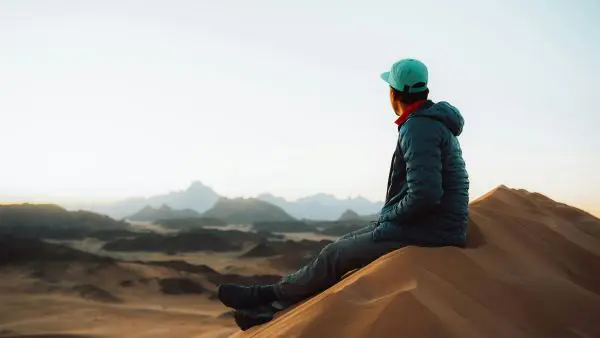Saudi Arabia is building a $50 billion cube skyscraper
Posted on: 8 January, 2025

While across the world new developments are under increasing environmental scrutiny, in Saudi Arabia the built environment appears to be thriving.
From The Line, the 170km long, 500m high 15-minute city, to a floating eight-sided city named the Oxagon and the Burj Jeddah (soon to be the tallest in the building world), it seems like every year a staggering new construction project from Saudi Arabia pushes the boundaries of what’s considered possible in the built environment.
One of the most striking of these so-called ‘megaprojects’, all funded by the Public Investment Fund, is New Murabba, and with it the Mukaab – a 400m-high cuboid skyscraper.
What is New Murabba?
New Murabba is a mixed-use development that will be located in the city of Riyadh. Described as ‘a unique living, working and entertainment experience’, this district is the world’s largest modern downtown project, with a planned area of 19km(2).
Like The Line, New Murabba is designed to function under the principles of the 15-minute city, meaning its inhabitants will be able to access everything they need within a short distance. As Michael Dyke, CEO of the project, stated:
“New Murabba has a 15-minute mindset, which means that for residents and people visiting everything is available within 15 minutes of where they live, work and play.”
Learn more: A guide to 15-minute cities: why are they so controversial?
The Mukaab – the largest building in the world
At the centre of Saudi Arabia’s grand plans for New Murabba is the Mukaab – a 1,300ft tall cube inspired by the design of the Murabba Palace.
Once completed, the Mukaab will become the largest structure in the built environment, surpassing the enormous Boeing Everett Factory in Washington, USA and encompassing 2 million sq ft of floor space. It will be an immersive experience that plays host to a variety of commercial spaces, residential units and tourist attractions, and eventually house 400,000 people.
Why New Murabba and the Mukaab are so controversial
While both of these projects have attracted significant attention (as with all of the country’s megaprojects), they’ve also received plenty of criticism.
The Mukaab has attracted controversy within the Muslim community. Its likeness to the Kaaba, a stone building in the holy city of Mecca, has been dubbed ‘a deliberate affront and a clear symbol of idolatry’.
In 2024, an ITV documentary titled Kingdom Uncovered, Inside Saudi Arabia found that labourers were working longer hours than legally prescribed on the construction of the project – over 60 hours per week.
Saudi Arabia’s megaprojects have also raised concerns around their sustainability credentials. New Murabba is no exception, despite the country claiming it forms part of Saudi Vision 2030 and its goal of relying on renewable energy sources for 50% of its power by the end of the decade.
To this end, there are plans for:
- 25% of its area to be covered by green spaces
- 100% of public vehicles to be electric
- 90% of solid waste sorted at source by 2030
- 35% reduction of yearly CO2e mobility emissions
Learn more: What is urban greening (and how is it creating the cities of the future)?
Will New Murabba and the Mukaab actually be built?
It might seem like an odd question, considering how both of these projects have been announced publicly and are actually under construction. However, Saudi Arabia has been accused of walking back the scale of its other megaprojects, such as The Line.
As such, many critics remain sceptical that New Murabba as a whole will actually come to fruition. What’s more, the cost of housing and leisure options in places like the Mukaab may be beyond the reach of the average Saudi citizen, and risk rendering it a ghost town like many of China’s developments over the last 25 years.
If they do come to fruition, these projects remain a startling signpost to the future of Saudi Arabia’s urban development and the meeting place between the built environment and the possibilities of sustainable design.





